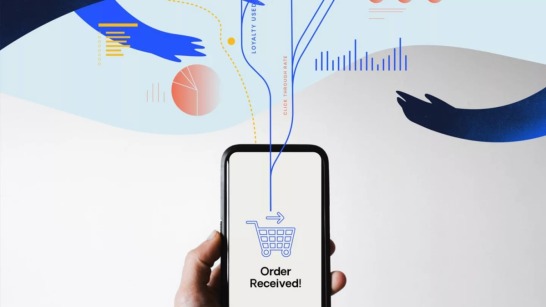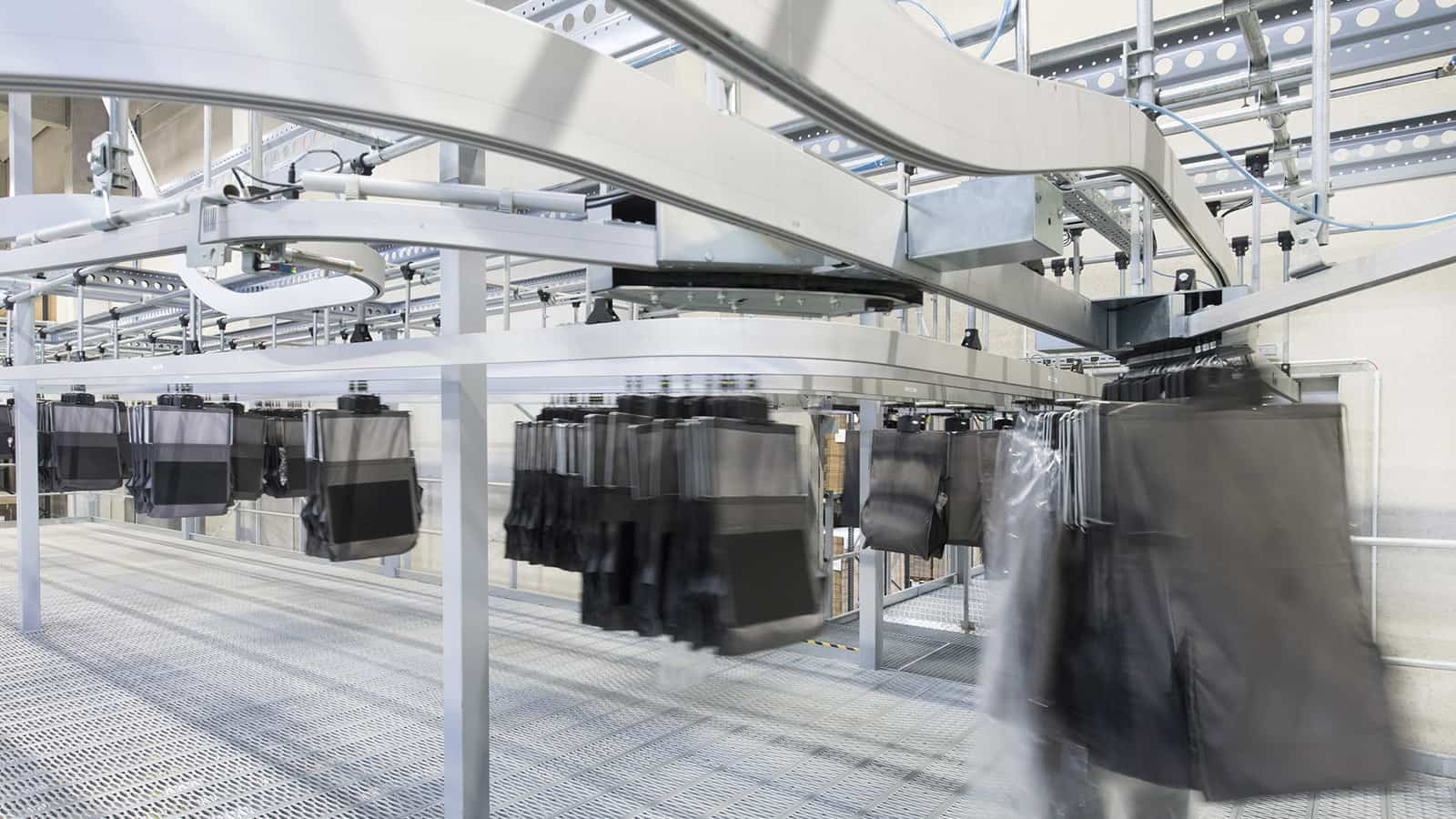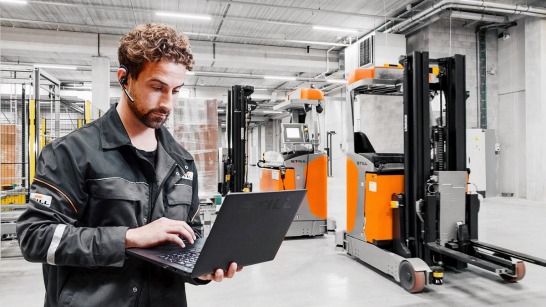Automation technology is now addressing many of the challenges that companies in the fashion and textile industries have been facing for a long time: Overcrowded warehouses, inefficient logistics processes, and the expectation of end customers that orders will be delivered within a few days or even hours.
Artificial intelligence can help to anticipate future requirements or bottlenecks and suggest optimizations. The advantages of this in practice can be seen in the example of AS Colour in New Zealand.
AS Colour is a designer, producer and distributor specializing in premium basics apparel. Founded in 2005 in Auckland, it now operates five distribution facilities and 25 retail locations across New Zealand, Australia, the United Kingdom and the US. "Due to AS Colour's growth over the past several years, we have exceeded the capacity of many distribution facilities. We thus decided to build a new facility in New Zealand to meet the increasing demand," says Lawrence Railton, the company’s managing director.
The multishuttle revolution!
In the past, AS Colour relied solely on manual processes: warehouse employees would walk through the aisles, look for specific products, take the goods off the shelves, put them in a trolley and take them to the shipping area for packing. Though this process works, it is prone to errors and is difficult to scale up. The new 7,500-square-meter AS Colour warehouse, in contrast, has a Dematic Multishuttle GTP system and automated order picking, which significantly increases productivity and efficiency.
The system has 18 levels with nearly 20,000 bins and four high-speed workstations. AS Colour has since raised the throughput rate per employee by a whopping 344 percent. “The Multishuttle GTP system has revolutionized our business and we have actually seen a huge increase in sales in New Zealand as our customers see how quickly and accurately we can process their orders," notes Railton.
In addition to artificial intelligence, automation and robotics, there is a fourth component that is fueling this revolution in the clothing industry behind the scenes – data. A recent project for Benetton Group demonstrates how Dematic can also help customers using data-based approaches. With renowned brands such as “United Colors of Benetton” and “Sisley”, the company is one of the best-known fashion companies in the world and commissioned Dematic to automate its logistics facilities in Villorba, Italy.
To optimize storage capacity and order processing at Benetton, our subsidiary opted for an AutoStore™ system with 60,000 bins. Incoming orders are picked by 53 mobile robots in the entire system, and Dematic Software controls and manages the entire operation. The continuous collection and analysis of data on stock levels, order status and picking processes in real time is now essential for optimal operations. The system can determine where items need to be stored most efficiently to accelerate access and save space. In addition, data analysis significantly reduces picking times, resulting in faster order processing and higher customer satisfaction.
Data creates growth
Data creates space and efficiencies and is thus a catalyst for growth. "We went with Dematic because we were interested in a partner with extensive experience in e-commerce and solid international expertise," explains Valentino Soldan, the head of Logistics at the Benetton Group, adding, "and we are convinced the solution based on AutoStore™ perfectly meets our business requirements and that we will meet the growing challenges in the market with a structured and technologically advanced solution that will accompany our growth for many years to come."
Even if you cannot actually see KION on the catwalks of the major fashion weeks in Milan, Paris or Berlin, behind the scenes, the products and solutions of our brands play a decisive role in the success of the fashion industry. Artificial intelligence, robotics and data-based approaches are the triad of automation – together, they help the global apparel industry to keep pace with growing demands.





_image_546x307.jpg)